Securing Freshwater Fisheries for People and Nature
A community-led approach to sustain freshwater ecosystems for biodiversity and food security
Despite covering less than 1% of the Earth’s surface area, freshwater ecosystems contain 10% of the world’s known species, including freshwater fisheries that sustain the livelihoods of millions of people around the world and provide food for billions. Freshwater fisheries contribute billions to the global economy and are culturally important among many local residents, traditional communities and Indigenous Peoples.
What do we mean by local residents, Indigenous Peoples and traditional communities?
Our teams and partners on-the-ground engage many communities, both Indigenous and other traditional communities, who live near and use freshwater lakes and rivers. To see with whom we collaborate in our freshwater fisheries work, see our Latin America and Africa pages. Each geography lists our key partners.
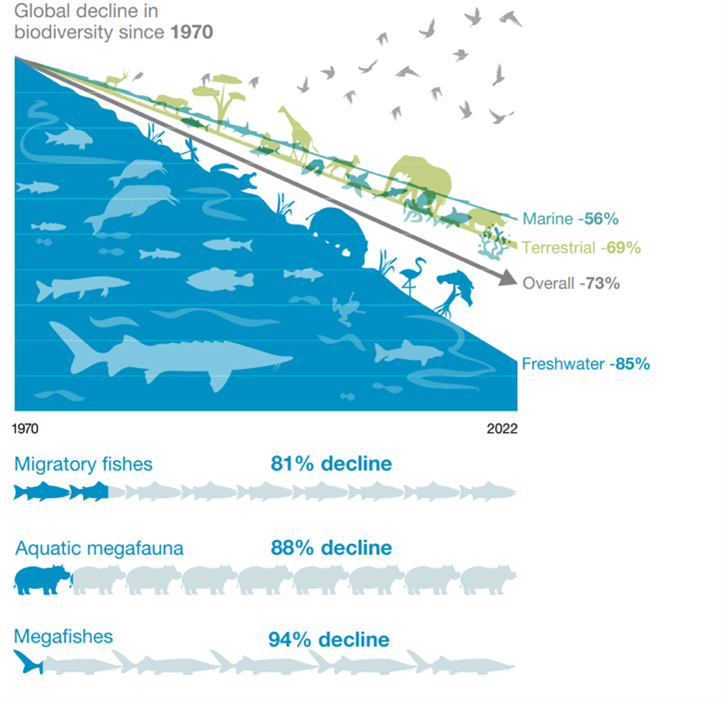
Our Vision
We envision a world where local residents, Indigenous Peoples and traditional communities have the rights, capacity and resources to effectively manage freshwater fisheries for their own well-being and the benefit of the planet’s declining biodiversity.

Through a community-led conservation approach, we elevate traditional knowledge to solve freshwater ecosystem and food security challenges. With a focus on sustaining inland fisheries, we now collaborate with communities, governments and other NGOs across 10 basins in Latin America and Africa.
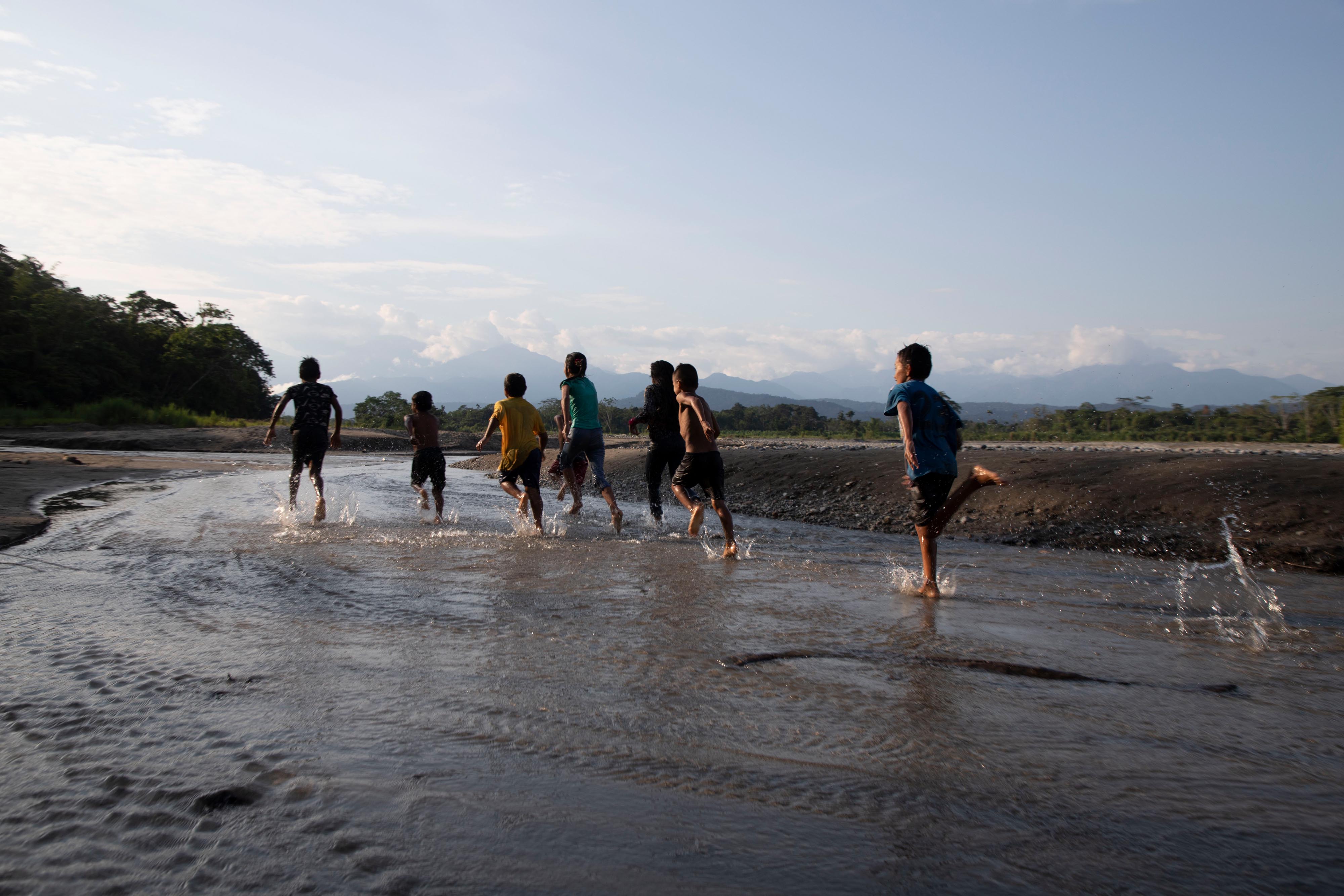
What is Community-Led Conservation?
It is conservation that strengthens the voice, choice and action of traditional communities, Indigenous Peoples and local residents to shape and manage waters and lands in ways that improve peoples’ lives and safeguard biodiversity.
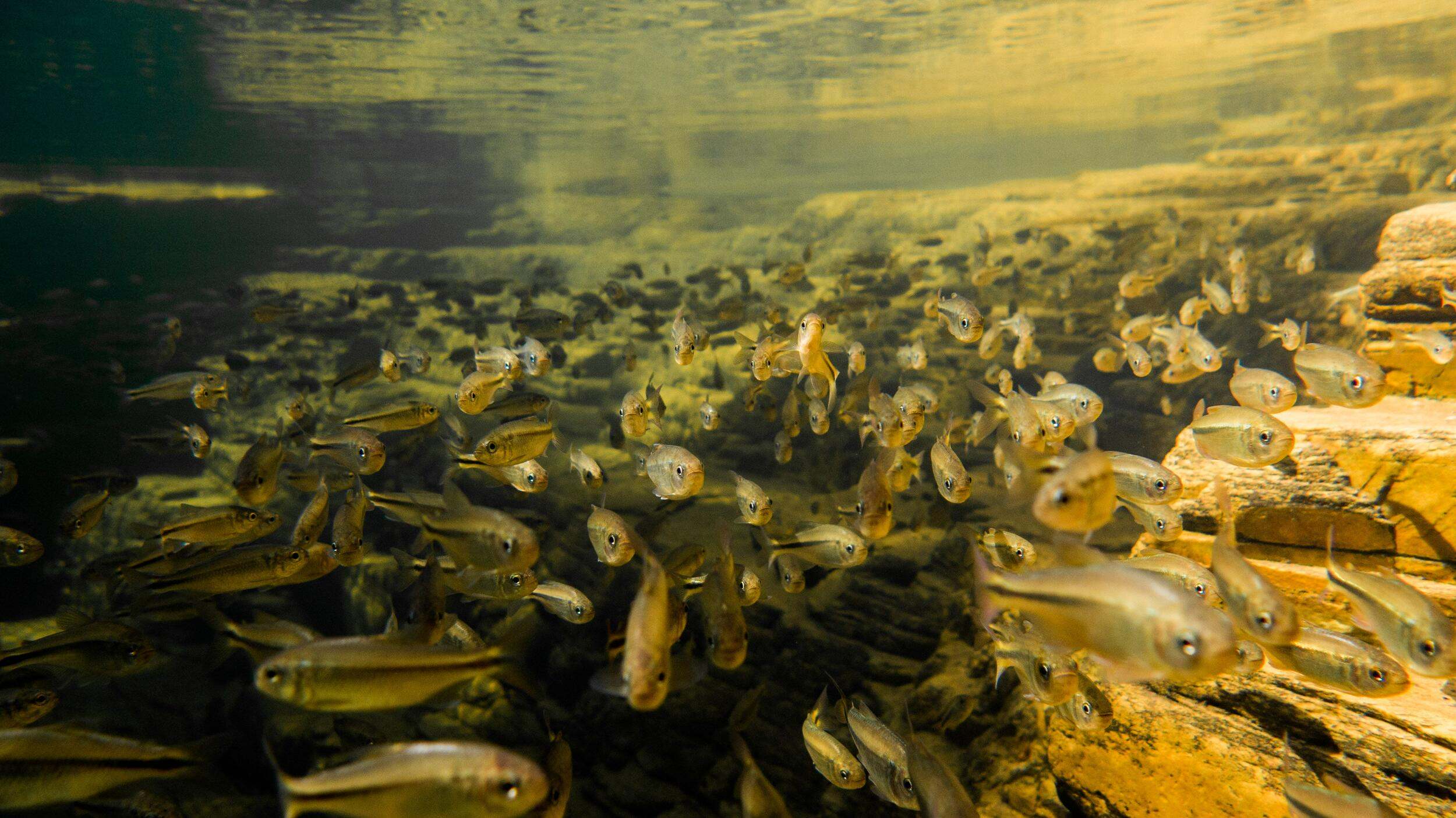
Freshwater Biodiversity
Despite the much greater area and total production of marine environments, the species richness of marine and freshwater fishes is similar.
25% of the world’s freshwater fish species are at risk of extinction, from threats like climate change, pollution, flow modification, overfishing and invasive species and disease.
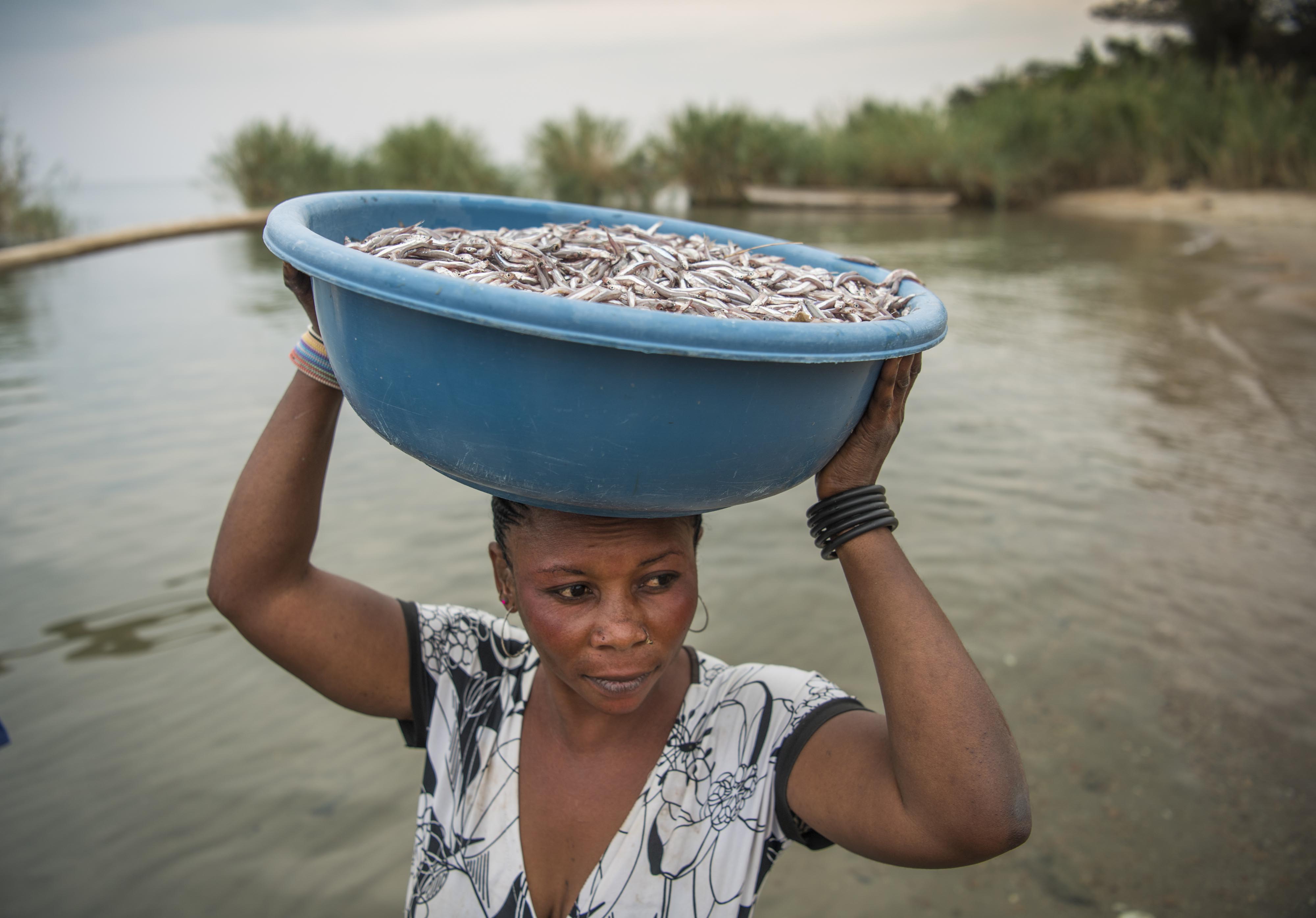
Rights by the Numbers
Indigenous Peoples govern—through formal or customary rights—much of Earth’s freshwater and terrestrial resources. In many cases, it’s these communities that are best positioned to restore the ecological integrity of our freshwater ecosystems and protect them into the future.
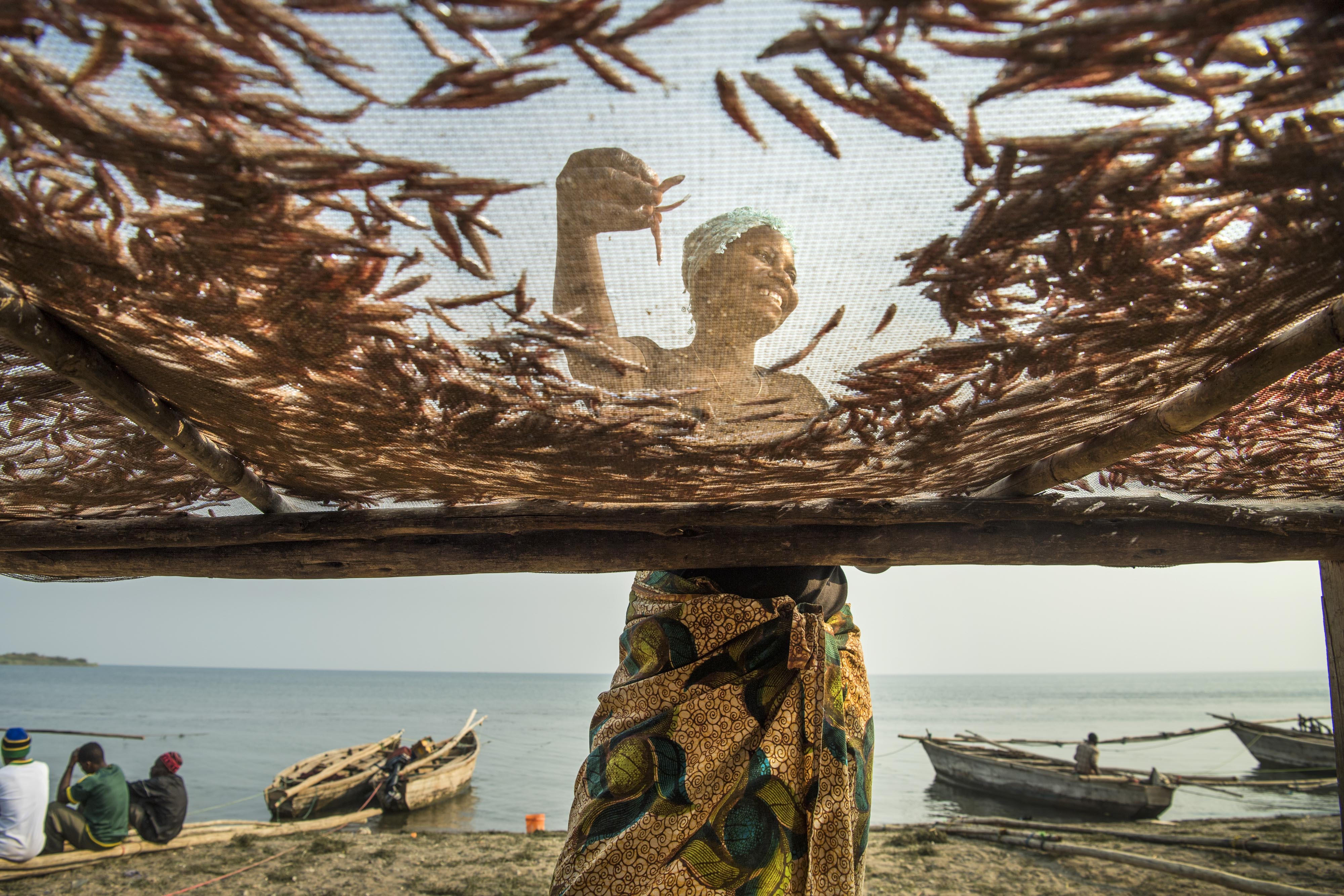
A Focus on Women’s Roles
Women represent more than 50% of the inland fisheries workforce; however, their interests are often poorly reflected in fishery management decision-making. We strive to lift the voices of women in fisheries management and conservation decisions.
Want to start or refine your freshwater fishery project?
Explore the Resource Hub to learn more about how we integrate equity, biodiversity and human well-being into freshwater fishery practices and community-based co-management.
Featured Resources
-
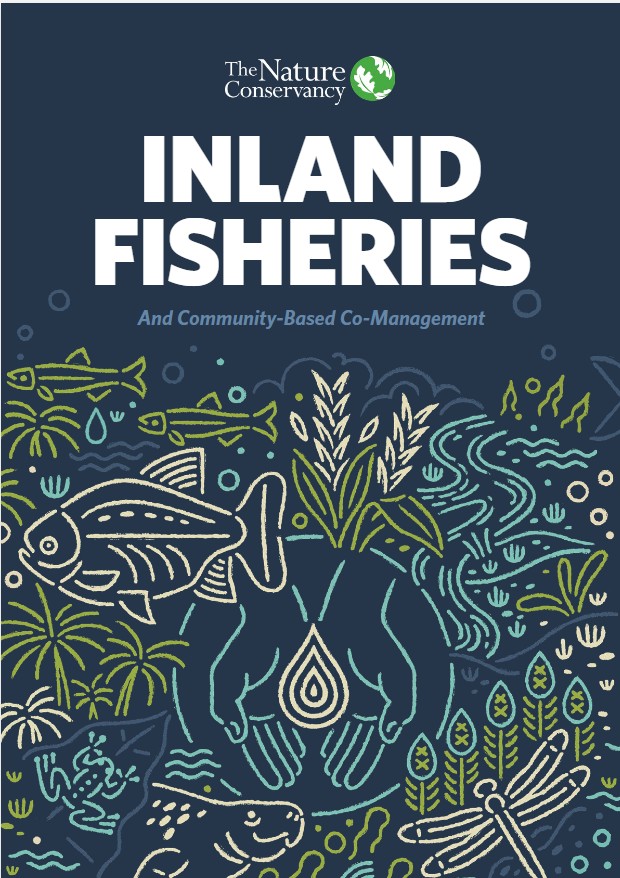 Inland Fisheries and Community-Based Co-Management Guide
Inland Fisheries and Community-Based Co-Management GuideThis is a practical guide on implementing community-based co-management of inland fisheries.
Download -
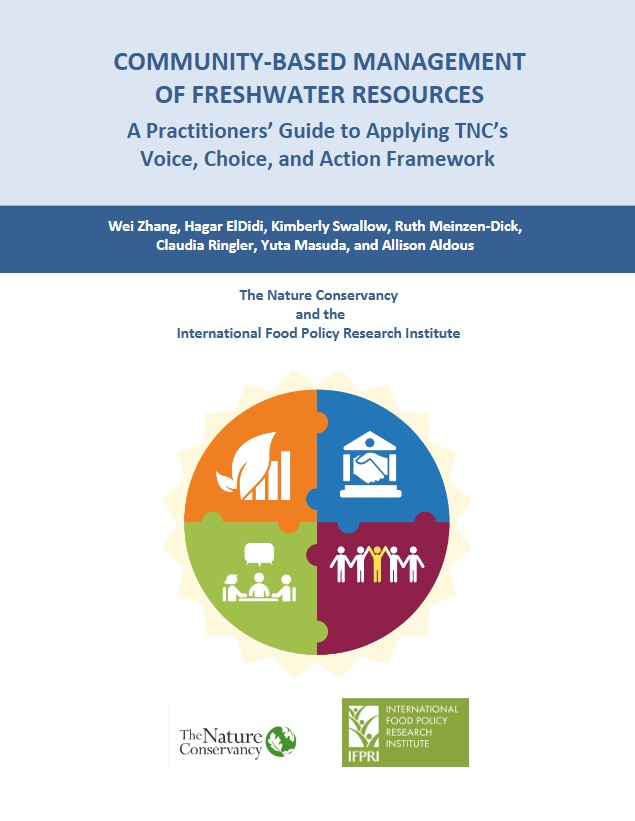 Community-based Management of Freshwater Resources
Community-based Management of Freshwater ResourcesThis guide applies TNC's Voice, Choice and Action Framework to community management of freshwater resources.
Download -
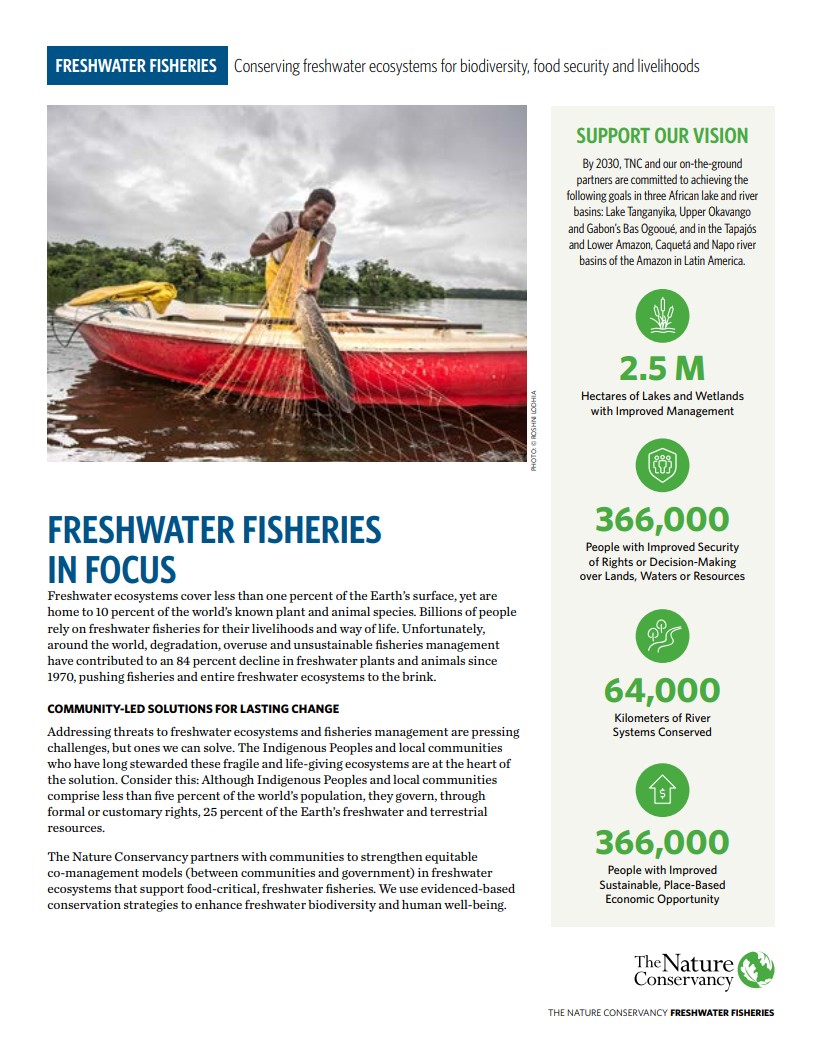 Freshwater Fisheries Fact Sheet
Freshwater Fisheries Fact SheetTwo-page fact sheet on the Freshwater Fisheries Global Strategy.
Download



